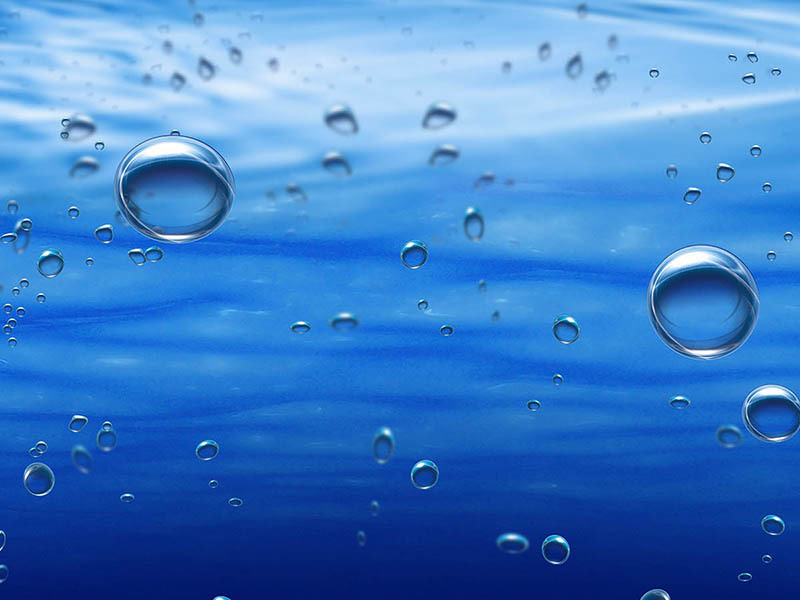- All
- Product Management
- News
- Introduction
- Enterprise outlets
- FAQ
- Enterprise Video
- Enterprise Atlas
What are the relevant knowledge about smart IC card water meters?
What are the relevant knowledge about smart IC card water meters?
Release time:
Jun 05,2025
After the additional screen structure, the AC camera can measure asymmetric (common mode) AC disturbance or corresponding point (differential mode) AC disturbance.
Usually, when the temperature is below 0 ℃, the smart IC card water meter increases with the increase of ambient temperature, but when the temperature is above 0 ℃, the β value decreases with the increase of ambient temperature. The insulation resistance between input and output.
Smart IC card water meters are commonly used for isolation in electronic circuits, and are therefore also known as opto isolators. Obviously, the insulation resistance between the light-emitting and photosensitive circuits is an important indicator. Generally, this insulation resistance is between 10 ° and 100 °. Smart IC card water meters have much higher resistance between the primary and secondary sides of ordinary low-power transformers, so the isolation effect is better. In addition, optocouplers have smaller volume, lower losses, wider frequency range, and no external alternating magnetic field interference compared to transformers.
Voltage resistance between input and output. In typical electronic circuits, there is no high voltage, but in special cases, it is required to withstand high voltage between the input and output circuits. This requires increasing the distance between the light-emitting element and the photosensitive element, but this often leads to a decrease in the current transmission ratio β.
After the additional screen structure, the AC camera can measure asymmetric (common mode) AC disturbance or corresponding point (differential mode) AC disturbance.
The card type current sensor of the smart IC card water meter can measure the asymmetric AC power of all channels. The frequency range of AC cameras can reach 3oHz~100oMHz for the measurement of interference in complex transmission line systems, electronic circuits, etc., without causing harm or layout problems.
When the smart IC card water meter measures the continuous AC power of the basic electrical system at around 10oMHz, the AC camera should be placed in a location with high AC power. The AC camera should have a flat frequency response within the passband. Accurate measurements can still be carried out in the frequency range below the passband, simply because the decrease in transmission potential difference reduces sensitivity; When it comes to smart IC card water meters above the passband, the resonance caused by the AC camera will result in inaccurate measurements.
Smart IC card water meters are usually divided into three categories: external photoelectric effect, internal photoelectric effect, and photovoltaic effect. Based on these photoelectric effects, different photoelectric conversion devices (photoelectric elements) can be made, such as phototubes, photomultiplier tubes, photoresistors, phototransistors, and photovoltaic cells. The phenomenon in which the light of a smart IC card water meter shines on an object, causing electrons to escape from the surface of these objects, is called external photoelectric effect, also known as photoelectric emission.
The electrons that escape are called photoelectrons. The external photoelectric effect can be described by Einstein's photoelectric equation, where m is the electronic mass of the smart IC card water meter; O is the initial velocity at which electrons escape from the surface of an object; H is Planck's constant, h=6.626 × 10 MJ · s; 7 is the incident light frequency; A is the work function of the object. According to Einstein's hypothesis, the energy of a photon can only give one electron. Therefore, a single photon transfers all its energy to a free electron in an object, increasing the energy of the free electron. Part of this energy is used to overcome the work function A, and the other part is used as the initial kinetic energy of the electron when it escapes, which is mo2/2.
The materials that make up the photoresistor of the smart IC card water meter include semiconductor materials such as metal sulfides, selenides, and Sui compounds. The conductivity of a semiconductor depends on the number of charge carriers inside the semiconductor. When the photosensitive resistor of the smart IC card water meter is exposed to light, if the photon energy hy is greater than the bandgap width of the semiconductor material, the electrons in the valence band absorb one photon energy and transition to the conduction band, producing an electron hole pair and reducing the resistivity.
Will the error of the water meter vary due to changes in water temperature
The change in water temperature will affect the density of water, thereby affecting the accuracy of water meter measurement.
Jun 05,2025
What are the relevant knowledge about smart IC card water meters?
After the additional screen structure, the AC camera can measure asymmetric (common mode) AC disturbance or corresponding point (differential mode) AC disturbance.
Jun 05,2025
What are the advantages of prepaid water meters?
Solved the problem of difficult charging. It can effectively solve the charging problems of scattered residential customers, temporary water customers, and customers who frequently owe fees.
Jun 05,2025
The application advantages of the water and electricity meter card
It integrates various functional features of IC card prepaid electricity meters and water meters.
Jun 05,2025




